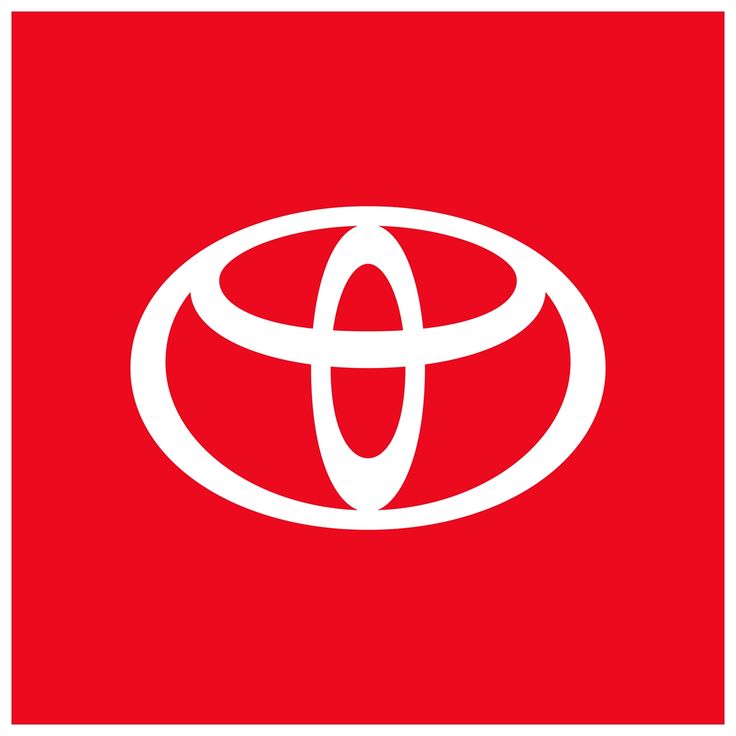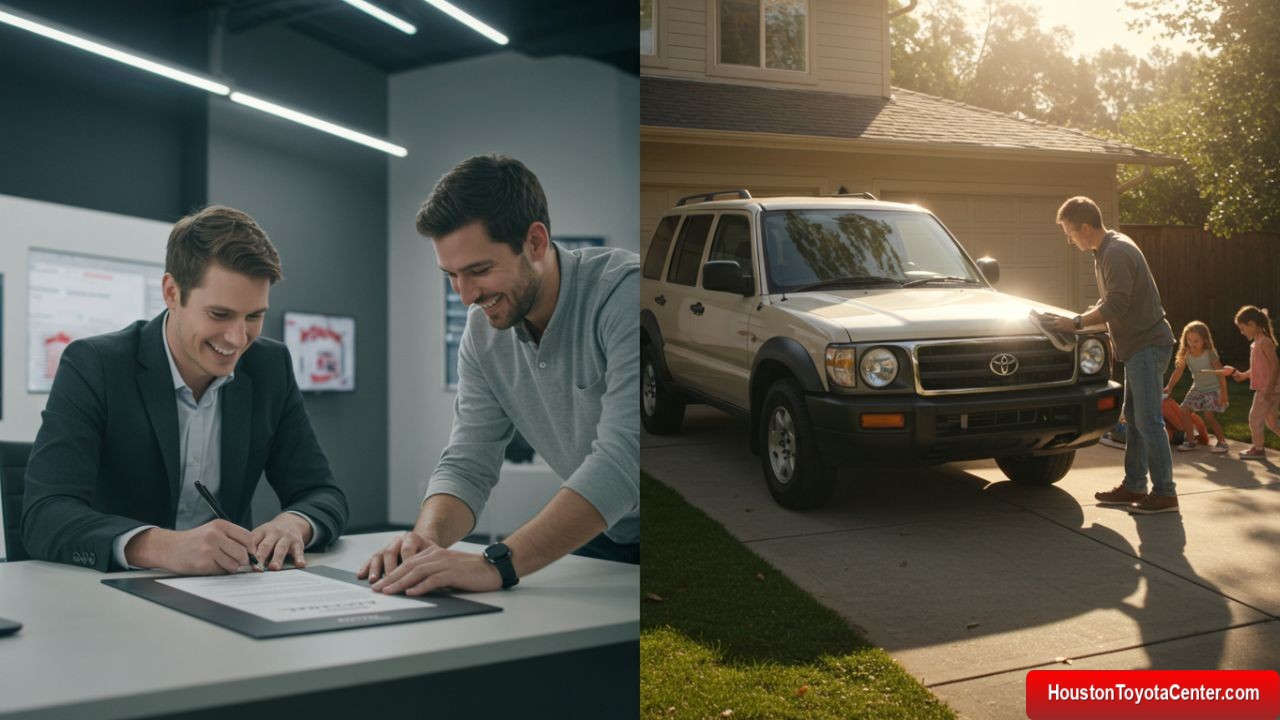When it comes time to get a new vehicle, one of the most important decisions you’ll face is whether to lease or buy. Both options have their advantages and disadvantages, and what’s right for one person may not be right for another. Your financial situation, driving habits, and long-term plans all play a part in determining the smartest move.
At Houston Toyota Center, we understand how overwhelming this decision can be. That’s why we’ve created this complete guide — with over 3,000 words — to help you make the right choice for your lifestyle, needs, and budget.
🚗 What Does Leasing a Car Mean?
Leasing is essentially renting a car for a fixed period, usually 24 to 36 months. You pay a monthly fee to drive a vehicle that remains owned by the dealership or leasing company. At the end of the lease term, you return the car — or in some cases, have the option to buy it.
Key Features of Leasing:
FREE: Quickly identify and understand problems with your vehicle 🚘
CLICK HERE- Lower monthly payments
- Drive a new car every few years
- Mileage limits apply
- Little or no equity buildup
- Manufacturer’s warranty usually covers the lease term
🚙 What Does Buying a Car Mean?
Buying, either with cash or financing, means you own the vehicle outright once the loan is paid off. You can drive as much as you want, customize the car, and sell it whenever you choose.
Key Features of Buying:
- Higher monthly payments if financed
- You own the car at the end
- No mileage restrictions
- Long-term cost savings
- Potential resale or trade-in value
💰 Financial Comparison
Here’s a side-by-side breakdown of the typical financial differences between leasing and buying:
| Feature | Leasing | Buying |
|---|---|---|
| Down Payment | Often lower or even $0 | Higher down payment usually required |
| Monthly Payments | Lower | Higher (until the loan is paid off) |
| Long-Term Costs | More over time if you keep leasing | Less expensive in the long run |
| Equity | No ownership | Builds equity |
| Resale Value | N/A – you return the car | You can sell/trade-in later |
| Repair Costs | Often covered by warranty | May increase over time |
| Mileage Limitations | Typically 10,000–15,000 miles/year | Unlimited |
| Customization | Not allowed | Full freedom |
🧠 When Leasing Makes Sense
Leasing is ideal if:
- You love having the newest models with updated technology and features.
- You want lower monthly payments.
- You plan to drive a limited number of miles each year.
- You don’t want to worry about resale value.
- You prefer a car that’s always under warranty.
Example:
Imagine you drive about 12,000 miles a year and love driving the latest model of the Toyota Camry every three years. Leasing could keep you in style and under warranty at a fraction of the cost.
🏁 When Buying Makes Sense
Buying is better if:
- You plan to keep your vehicle for more than five years.
- You drive more than 15,000 miles annually.
- You want to customize your car (wheels, stereo, decals, etc.).
- You’d like to build equity or avoid monthly payments in the long term.
- You don’t mind managing repairs after the warranty expires.
Example:
If you’re planning to keep your Toyota RAV4 for 8–10 years and rack up road trips across Texas, buying is the smarter option both financially and logistically.
🚧 Common Leasing Pitfalls
Leasing has advantages, but also a few drawbacks:
- Excess mileage charges: Going over the limit can cost $0.10 to $0.25 per mile.
- Wear-and-tear fees: You may be charged for dents, scratches, or interior damage.
- No ownership: You’re essentially renting and don’t get to build value.
- Termination fees: Breaking a lease early can be expensive.
- Customization limits: You can’t personalize a leased car.
🏦 Common Buying Challenges
Buying a car isn’t always easy either:
- Larger upfront cost: Especially if you’re paying in cash.
- Depreciation: The car loses value as soon as you drive off the lot.
- Repair costs: After warranty expiration, maintenance can get costly.
- Financing obstacles: Not everyone qualifies for low-interest auto loans.
⚖️ Which Option Is Cheaper in the Long Run?
Over time, buying is typically cheaper than leasing — especially if you keep your car for 7–10 years. After your loan is paid off, your only recurring costs are insurance, maintenance, and gas.
Leasing, on the other hand, means you always have a car payment, and you’re not investing in ownership. However, for drivers who prioritize convenience, warranty coverage, and tech upgrades, the slightly higher lifetime cost may be worth it.
📊 Cost Example: Toyota Camry SE
Let’s compare leasing vs. buying a Toyota Camry SE over 6 years.
| Expense | Leasing (2 Leases of 3 Years) | Buying (60-month Loan) |
|---|---|---|
| Down Payment | $2,500 x 2 = $5,000 | $4,000 |
| Monthly Payment | $340 | $470 |
| Total Payments | $24,480 | $28,200 |
| End of Term | Return the car | Own the car |
| Resale Value | N/A | $10,000 (approx.) |
| Net Cost | $29,480 | $22,200 |
Verdict: Buying saves over $7,000 after six years and leaves you with a car you can sell or keep.
👥 Lifestyle Questions to Help You Decide
Answering these questions might steer you in the right direction:
- Do you drive more than 15,000 miles per year? → Buy
- Do you like having a new car every 3 years? → Lease
- Is a lower monthly payment critical to your budget? → Lease
- Do you plan to keep the car for more than 5 years? → Buy
- Do you want the option to sell or trade-in your vehicle? → Buy
- Do you work remotely or drive very little? → Lease
- Do you use your car for business or gig work (Uber, DoorDash)? → Buy
🔧 Maintenance Considerations
Leasing often comes with free scheduled maintenance from the dealership, since the lease term usually ends before major repairs are needed.
Buying means you’ll eventually need to handle:
- Brake replacements
- Battery changes
- Tire purchases
- Suspension wear
- Transmission services (after 100,000 miles)
However, modern Toyota vehicles are built for durability. With proper care, you can easily exceed 200,000 miles of dependable use.
📉 Depreciation: Who Bears the Burden?
- Lease: The leasing company absorbs depreciation.
- Buy: You take the hit — but if you drive the car for many years, this becomes a non-issue.
Vehicles like the Toyota Tacoma and Toyota 4Runner tend to hold their value exceptionally well, which makes buying even more appealing.
✅ Pros and Cons Summary
Leasing Pros:
✔ Lower monthly payments
✔ Always drive a new car
✔ Little maintenance
✔ Tax benefits (for business use)
✔ Warranty coverage
Leasing Cons:
✘ No ownership
✘ Mileage restrictions
✘ Customization limitations
✘ Potential fees
Buying Pros:
✔ Full ownership
✔ Unlimited mileage
✔ Long-term savings
✔ Customization freedom
✔ Resale or trade-in options
Buying Cons:
✘ Higher upfront costs
✘ Maintenance after warranty
✘ Depreciation
📌 Final Recommendation
There’s no one-size-fits-all answer. But here’s a basic breakdown to guide you:
- Choose Leasing If you want convenience, drive under 15,000 miles a year, love tech upgrades, and want lower monthly payments.
- Choose Buying If you want to build equity, drive long distances, plan to keep your car long-term, or want to avoid restrictions.
At Houston Toyota Center, our finance team is here to walk you through both leasing and buying options. Whether you’re eyeing a fuel-efficient Toyota Corolla, a rugged Toyota Tundra, or an adventurous Toyota RAV4 Hybrid, we’ll help you decide what’s right for your life — and your wallet.
Want to test both options?
Visit us for a free consultation and test drive. Try before you decide. Your perfect Toyota is waiting.


Leave a Reply